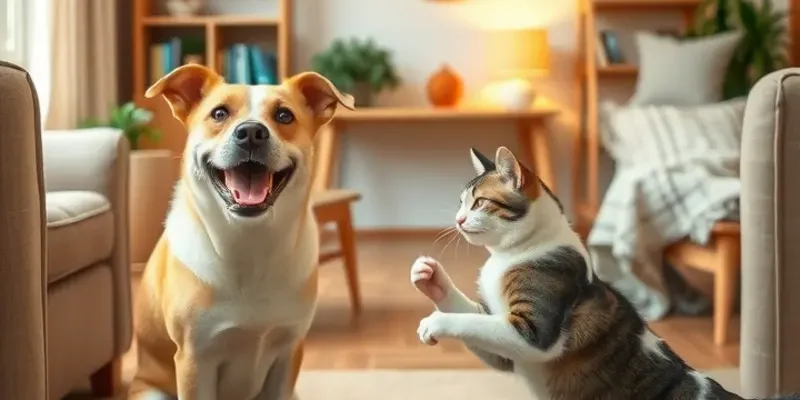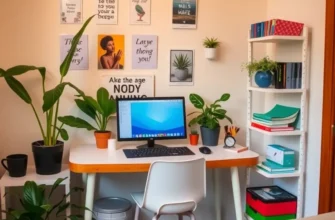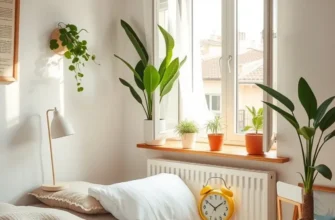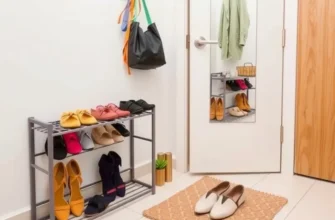So, you’ve decided to add a furry friend to your apartment life—congrats! Whether you’re a couple sharing a tiny studio or a busy family navigating those cramped hallways, apartment living with pets brings unique challenges. Don’t worry though; you don’t need a mansion to train your pet effectively or keep the peace with your roomies. From barking neighbors to litter box woes, we’ve got the kind of practical advice that keeps tails wagging and your floors free of ‘oops’ moments. So grab a treat (for yourself and your pet), kick back, and let’s dive into some fun and easy training tricks that make this little adventure as enjoyable as a frolic in the park!
Training in Tight Spaces: Make Every Corner Count
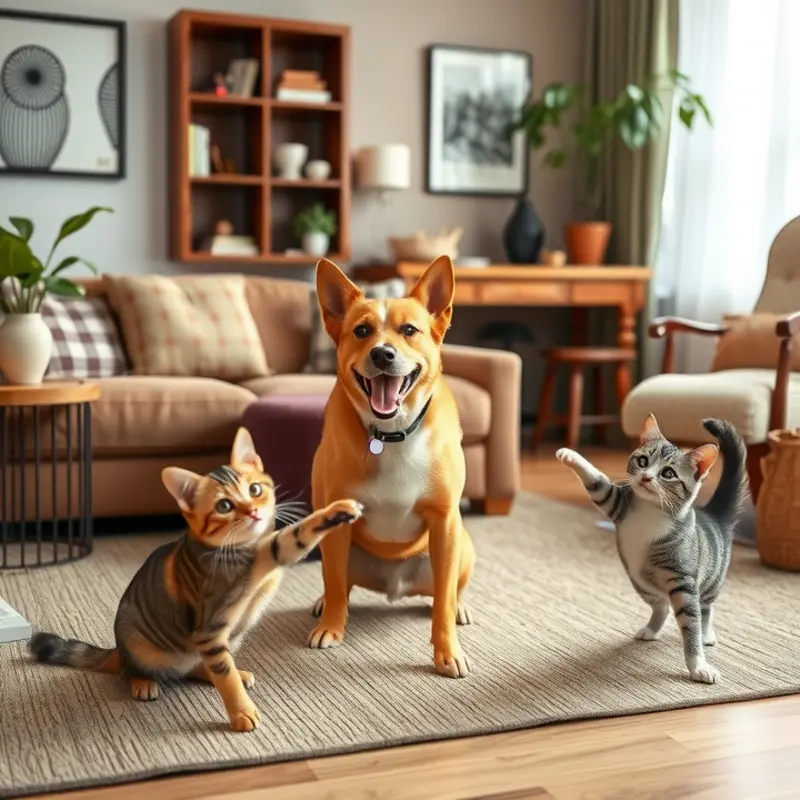
Living in a small apartment can pose unique challenges when it comes to training your pet. However, it also offers a striking opportunity to turn every nook into a valuable learning space. Here are several tactics to optimize apartment training and ensure your pet is comfortable and well-behaved.
Make strategic use of your living space by creating distinct zones, even in a compact layout. Designate a corner of your living room as the primary training area. Use floor mats or a small rug to signal training time, thereby setting a consistent stage for practice sessions.
Apartment living often means furniture and belongings packed into tight spaces. Embrace these constraints with positive approaches. Dogs can practice agility in limited spaces by weaving through furniture. You can set up low, soft hurdles using cushions for small jumps. By integrating everyday objects, you engage your pet actively and teach them to navigate your particular setup.
For small pets, including cats, use vertical spaces creatively. Shelves and window perches not only enrich their environment but also serve as training platforms. These areas can be used for simple commands, such as ‘sit’ or ‘stay,’ while balancing on elevated surfaces, which helps in building confidence and agility.
Utilize apartment-friendly exercise gear. Leashes with adjustable lengths offer dynamic training experiences within small rooms. For instance, practicing recall commands on a multiform leash allows sufficient space for movement while maintaining control. For more ideas on equipment suitable for tight spaces, you can explore apartment-friendly pet exercise gear.
Compact spaces necessitate shorter training sessions to keep pets focused and avoid overwhelming them. Break tasks into snippets of 5 to 10 minutes, ensuring frequency throughout the day. This frequent interaction helps keep your pet mentally stimulated without causing undue stress or excitement.
Don’t overlook the significance of mental exercises alongside physical drills. Engage your pets with puzzle toys or create DIY scent work games. Hide treats in different parts of the apartment to exercise your pet’s olfactory senses and problem-solving skills. Simple games like these burn energy and demonstrate that active learning doesn’t require a large footprint.
Finally, noise sensitivity is a common concern in apartments. Train your pets to remain calm amidst typical apartment noise like footsteps, voices, or outdoor sounds. This might involve using background noise devices or playing recordings of various sounds at a low volume during training sessions to gradually acclimate them. For further noise management strategies, consider reading about creating noise solutions in pet-friendly apartments.
These techniques make the most of every corner, turning any space into a comprehensive training ground. By integrating these ideas, you can transform even the smallest apartment into a friendly and structured environment for your pet to thrive.
Noise Control & Social Skills: Keeping the Peace
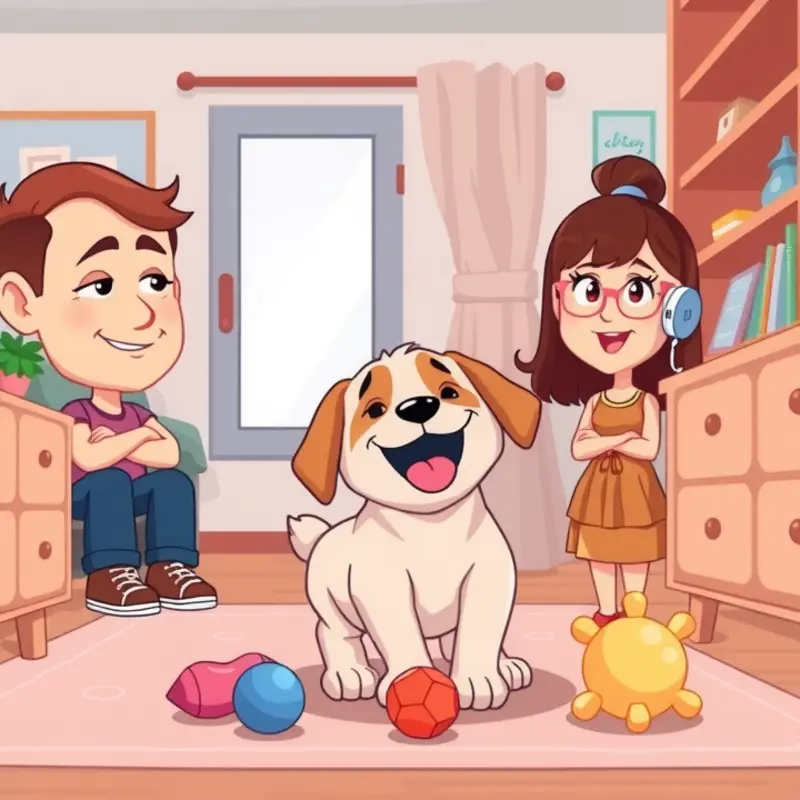
Living in an apartment means being mindful not just of your own comfort, but also of that of your neighbors. This is especially true when you have pets. A barking dog or an overly vocal cat can disrupt the harmony in your building. The good news is, with proper training, you can help your pet develop noise control and social skills that will keep everyone happy.
Start by establishing a quiet cue. Use simple commands like “quiet” paired with a hand signal. When your pet is calm and silent, reward them immediately with a treat or affection. Consistency is key; make sure you practice this regularly in different settings.
Another essential skill is desensitization. Pets may bark or become agitated at new sounds. Introduce these noises—such as vacuum cleaners or doorbells—gradually and at a low volume, increasing the intensity as your pet becomes more comfortable. Always pair exposure to these sounds with positive reinforcement.
Social skills are just as crucial. Introducing your pet to socialization can minimize stress in a shared living space. Arrange controlled playdates with other pets and supervised interactions with neighbors. This helps your pet adapt to various social settings and people, reducing fear and anxiety.
In some cases, soundproofing your apartment can be beneficial. You might explore simple solutions like adding rugs or curtains that can absorb sound. This article on pet-friendly apartment noise solutions provides additional tips that might be useful.
Remember, each pet is unique and may require different approaches. Patience and ongoing commitment are your allies. Consider consulting a professional trainer for personalized advice if traditional methods do not seem to be working effectively.
By working together with your pet, you not only cultivate a harmonious living environment but also strengthen your bond, making your cozy space a true haven for you both.
Final words
Training your pet in an apartment might feel overwhelming, but it’s really about patience, creativity, and lots of love. Remember, small spaces can lead to big bonding moments. Whether you’re teaching a new trick or just letting them chew on their favorite toy, the key is to keep it light-hearted and fun. Share those wins with your furry friend and don’t forget to celebrate every milestone, no matter how tiny. With these tips, you’ll transform those square feet into a happy home for you and your beloved pet. So get out there and start your training adventure—your apartment awaits!

